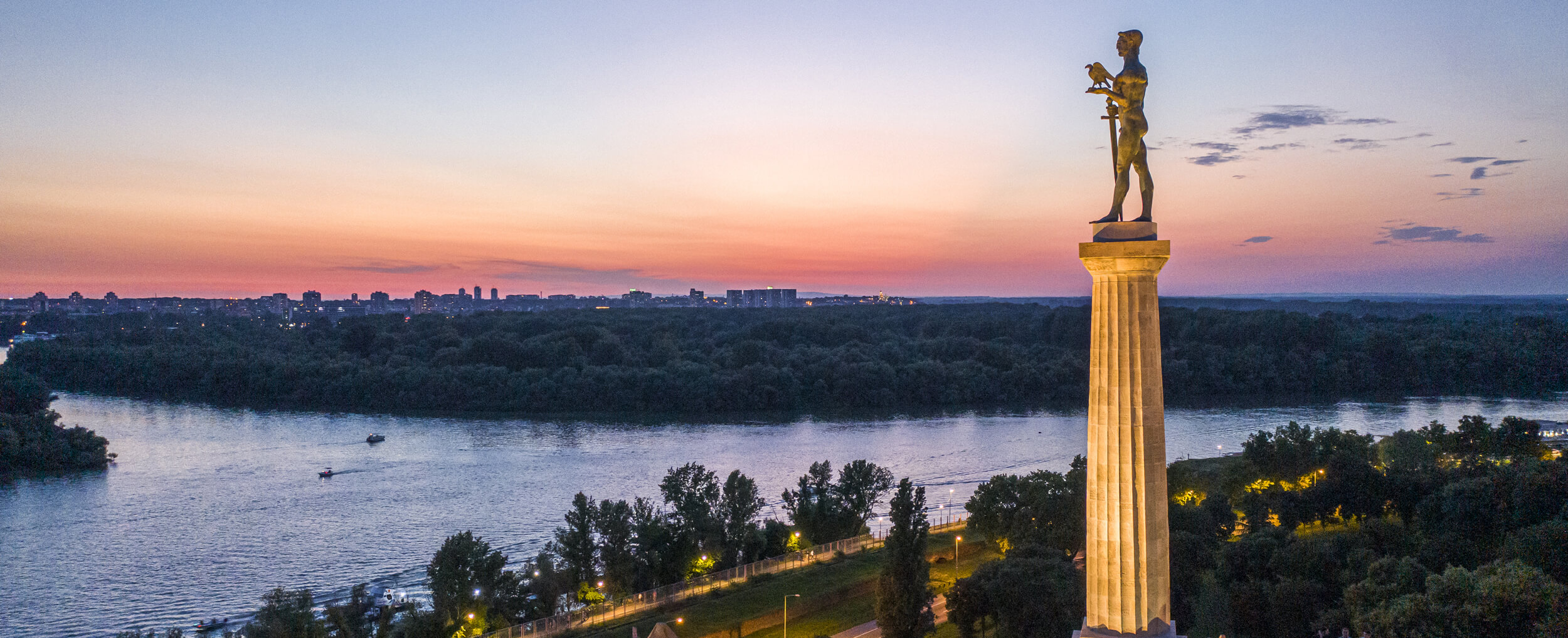During the 18th century, in three thorough reconstructions, the fortress in Belgrade was turned into a modern bastion artillery fort. It was then that the fortress got its present appearance, for the most part. During one of the reconstructions, in the third decade of the 18th century, the first ravelin was built according to the …
Approximately halfway between the gates on the Great Ravelin, there is a fortress guardhouse facing the Stambol Gate. Today, it houses the Gallery of the Museum of Natural History, which occasionally organises exhibitions of its collections of minerals, flora and fauna from around Serbia. The building was erected in the third decade of the 19th …
This gate, along with the bridge, serves as a passage from the Large Kalemegdan to the Fortress. It was built in the eighteenth century. It owns its name to the leader of the First Serbian Uprising, Karadjordje, who passed through the gate during the siege of the Fortress at the start of the 1807. The …
During the great reconstruction works on the fortress during the Austrian rule of Belgrade in 1717–1736, the fortifications of the southeast front were built on the basis of the design of the engineering colonel Nicolas Doxat de Demoret. During that time, the Stambol Gate — with its passages, side rooms, casemates and a facade bearing …
Although it was founded by decree of Prince Milan Obrenovic on 10th August 1878, the museum was not opened to the public until 1904. Its original location was a small octagonal building above the Roman well in the Upper Town. After being destroyed in the First World War, the museum was reopened on 2nd April …
The main entrance to the Upper Town today is the gate with the Sahat Tower. The clock tower was a recognisable detail in Turkish bazaars but it rarely appeared in fortresses, so this Belgrade tower can be considered an unusual example. It was built in the middle of the 18th century and is characterised by …
The octangular baroque tower, visible from every part of the park and tower, has a central clock mechanism and pendulums. The height of the tower (27,5 m) is enough for the clock to work for approximately a week before it is winded again. The ticking is sounded with gongs instead of bells, which is traditionally …
Although older in time, the gate was named after the Sahat Tower. The original gate was built in the medieval rampart, and a part of its vault built of thin bricks has been preserved to this day and can be seen inside the gate. It was made immediately after the Austrian conquest of the city …
The fortress cannon weighs several tonnes and is a good example of defensive artillery from the end of the 18th century. It was brought from another location and carefully restored, and today it decorates the southern part of the Upper Town as one of the fortress’ many attractions. The large cannon on the carriage is …
The hexagonal building in the centre of the Upper Town represents the turbeh (mausoleum) of Damat Ali Pasha and one of the few preserved Turkish buildings in Belgrade. It was built in 1784 over the grave of Izzet Mehmed Pasha, the commander of Belgrade who died in the same year. During the First Serbian Uprising, …

